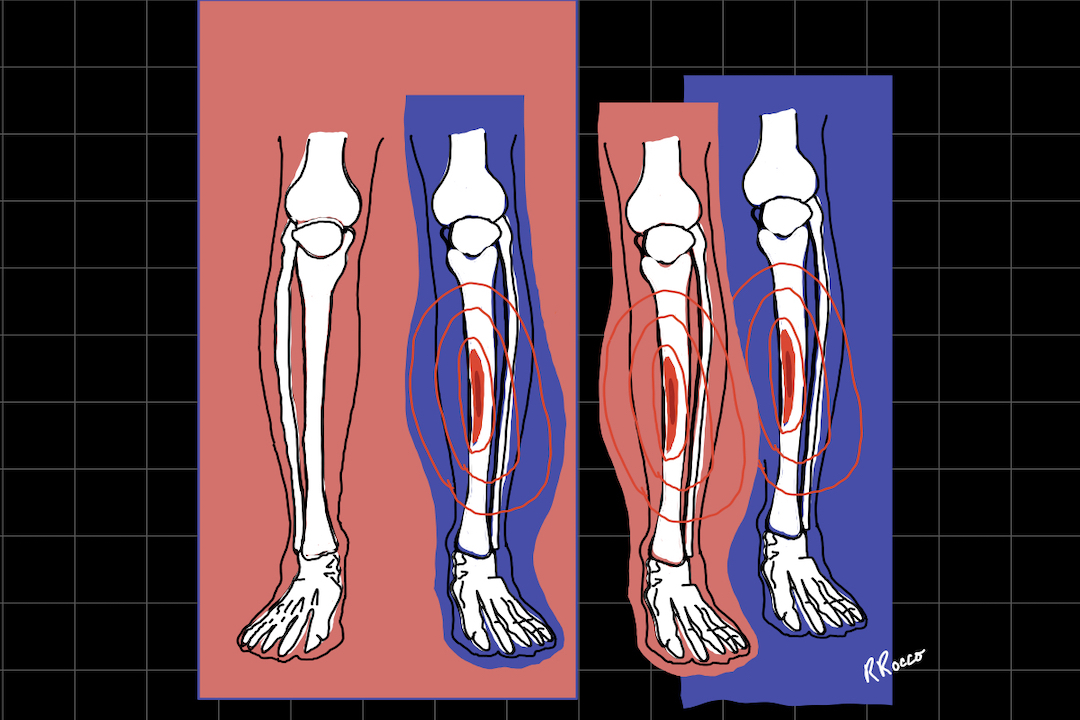Many people may have heard of shin splints and know of them as a common sports injury or a chronic condition. But few know exactly what causes them. The pain comes from inflammation of the tendons, muscles, and bone tissue around the shin.
So, how does this happen? Shin splints, or medial tibial stress syndrome, result from intense exercise or repeated stress on the musculoskeletal system. This is common in any sport that requires repetitive leg movement, like running or dancing.
The condition causes pain and soreness of the shin and can progress to an unbearable level. The only proven way to treat it is to rest. Icing or stretching the shins, however, may alleviate some pain. Additionally, physical therapists can recommend exercises to strengthen your legs as well as conduct therapies to reduce pain and swelling.
Once you get back to training — after taking at least two weeks off — you can take certain precautions to prevent the condition altogether. Good shock-absorbing shoes and soles are highly effective in reducing the overworking of muscles. Warm-up and cool-down stretches are also important in preventing further injury; avoiding high-impact exercises on hard surfaces will also alleviate pain.
All in all, shin splints can be a real pain, but with enough care, they can be healed and avoided.
Send in your health and fitness questions to [email protected] for a chance to be anonymously featured!


